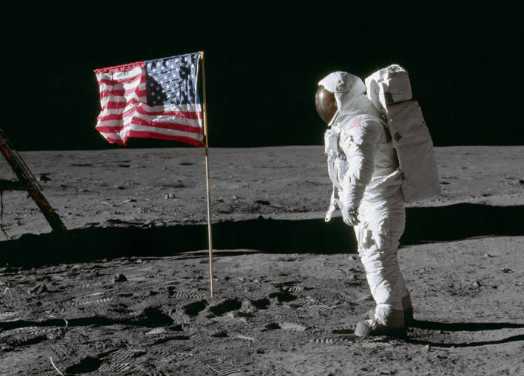Saturn's giant moon Titan hides within a thick, smoggy atmosphere that's well-known to scientists as one of the most complex chemical environments in the solar system.
“Under our baseline model assumptions, the methane age is capped at 1.6 billion years, or about a third the age of Titan itself,” said Nixon, who is stationed at NASA Goddard. “However, if methane is also allowed to escape from the top of the atmosphere, as some previous work has suggested, the age must be much shorter – perhaps only 10 million years – to be compatible with observations.” Both of these scenarios assume that methane entered the atmosphere in one burst of outgassing, probably from the restructuring of Titan’s interior as heavier materials sank towards the center and lighter ones rose toward the surface.
“However, if the methane has been continuously replenished from a source then its isotopes would always appear ‘fresh’ and we can’t restrict the age in our model,” adds Nixon. Possible sources include methane clathrates, basically a methane molecule inside a “cage” or lattice of ice molecules. Methane clathrates are found in the frigid depths of Earth’s oceans, and some scientists think there could be an ocean of liquid water mixed with ammonia (acting as antifreeze) beneath Titan’s water-ice crust. If this is so, methane might be released from its clathrate cages during the eruptions of proposed ‘cryovolcanoes’ of water-ammonia slurry, or more simply could slowly seep out through fractures in the crust.
The second paper by Kathleen Mandt of the Southwest Research Institute, San Antonio, Texas, and colleagues also models the time-evolution of methane. In this work, the concentration of the heavy methane is determined from measurements by Cassini’s ion and neutral mass spectrometer, which counts molecules in the atmosphere of different masses (weights). Measurements made by the Huygens gas chromatograph mass spectrometer, which also counts molecules of different masses, were used to constrain the impact of escape on the heavy methane in the atmosphere.
“We compute that, even if methane has been replenished from the interior over time to match or exceed the amounts fed into the atmospheric chemical factory, the process must have been running for a maximum of one billion years,” said Mandt. “If the process had started any earlier, we would see a build-up of methane in the lakes on the surface and in the atmosphere beyond what is observed today.”
Together these papers add important new perspectives and constraints on the history of Titan’s methane atmosphere, confirming that it must have formed long after Titan itself. Previous work considering the evolution of Titan’s interior has predicted the last major methane eruption occurred 350 million to 1.35 billion years ago, while crater counting has put the age of the current surface at 200 million to one billion years. (Crater counting works on the principle that an older surface has more craters, just as the longer you’re in a paintball game, the more hits you’ll get.)
The present work for the first time estimates the methane age from the atmosphere itself, at less than one billion years, considering both papers.
This research was supported by the NASA Cassini Mission and the NASA Cassini Data Analysis Program grant NNX09AK55G. The Cassini-Huygens mission is a cooperative project of NASA, the European Space Agency and the Italian Space Agency. The Jet Propulsion Laboratory, a division of the California Institute of Technology in Pasadena, manages the mission for NASA’s Science Mission Directorate, Washington.
All of Cassini’s raw images can be seen at https://saturn.jpl.nasa.gov/photos/raw/ .
For more information about the Cassini-Huygens mission visit https://www.nasa.gov/cassini and https://saturn.jpl.nasa.gov .
Bill Steigerwald
NASA’s Goddard Space Flight Center, Greenbelt, Md.
William.A.Steigerwald@nasa.gov
Source: NASA





